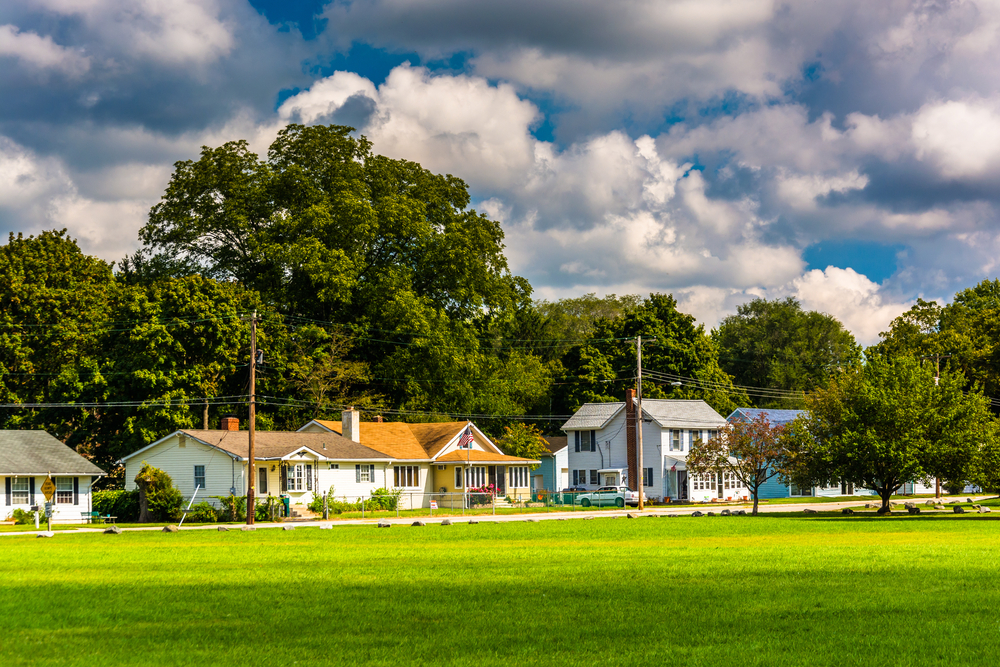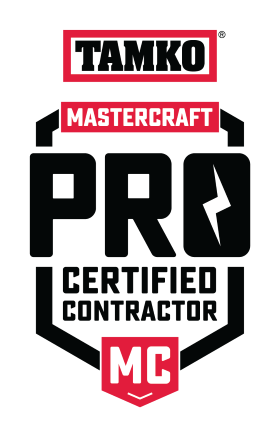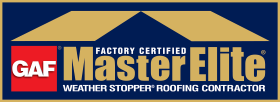Have you noticed your upstairs rooms feel hotter than usual? Or maybe your energy bills are creeping up even when the AC is running nonstop? These could be signs that your roof is struggling under Maryland’s brutal summer heat, and you’re not alone.

At Topper Roofing, one of the best roofing companies Frederick, Maryland residents have come to depend on, we’ve been hearing more questions like:
“Why are my shingles curling?”
“Is my attic ventilation enough?”
“Could the heat be damaging my roof?”
Let’s break down what’s really going on, and what you can do to fix it before small problems turn into expensive repairs.
Problem #1: The Heat Is Cooking Your Shingles
During a typical Maryland summer, your roof doesn’t just “get hot,” it bakes. Surface temperatures can hit 150°F or more on a sunny day. That kind of constant exposure weakens asphalt shingles, breaking down the protective oils that keep them flexible.
What you might notice:
- Shingles starting to curl or crack
- Granules collecting in gutters
- The roof looking patchy or worn in spots
The solution: Schedule a seasonal roof checkup, especially if your roof is over 10 years old. A professional can spot early signs of heat damage, and recommend repair or replacement only where needed.
Problem #2: Flashing Moves, Gaps Open Up
Flashing is the thin metal you see around chimneys, skylights, or roof edges. In hot weather, metal expands and contracts. Over time, this movement can pull flashing away from the roof and create small gaps where water sneaks in.
You might not see this right away, but:
- A water stain on a bedroom ceiling
- A faint musty smell in the attic
- Or even mold growth inside walls
…can all point back to flashing failure.
The solution: This is a small fix, if you catch it early. During a roof inspection, ask specifically about flashing. A little sealant or a new piece of flashing now could save you from drywall damage and mold remediation later.
Problem #3: Your Roof Can’t Breathe
Roofs need to “breathe,” especially in summer. Without proper ventilation, hot air gets trapped in your attic, turning it into an oven. That heat radiates down into your home, straining your HVAC system, and aging your roof from the inside out.
You may be dealing with this if:
- Your upstairs is consistently warmer
- Cooling costs are rising
- Signs of moisture in your attic
The solution: A roofer can check if your vents are doing their job. Sometimes adding a ridge vent or attic fan is enough to balance airflow. In other cases, switching to cool roofing materials (like reflective shingles) can significantly lower attic temperatures.
Why It Matters: Your Roof Is More Than a Shield
A damaged or overheated roof isn’t just a problem waiting to happen. It’s already costing you money in energy loss and reduced home comfort. Left unchecked, it can shorten your roof’s lifespan by years.
But the good news? These issues are preventable.
At Topper Roofing, we’ve helped thousands of Maryland homeowners catch these problems early, with honest assessments, simple fixes, and roofing upgrades that make sense for your home and budget.
What You Can Do Today:
- Look up: Check for obvious signs of wear like curling shingles or warped flashing
- Feel the difference: If your upstairs feels hotter, poor ventilation could be to blame
- Act early: Summer is the time to fix roof issues before fall rains and winter snow
You don’t need to climb a ladder or guess what’s wrong. We’re here to make roof care simple, not stressful.
Topper Roofing has your back, and your roof. If you’re unsure what condition your roof is in, we’re happy to take a look. No pressure. Just clear answers. Contact us for a free estimate!





